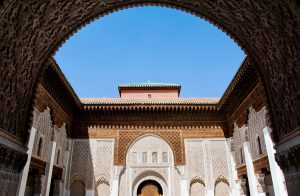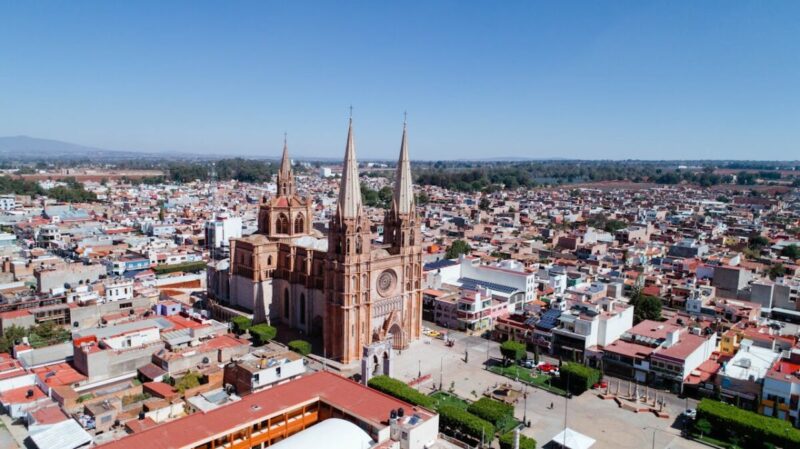Saint Peter Damian Italian Monk, 1007-1073
Saint Peter Damian Italian monk, was born in 1007 and lived until 1072 or 1073. He was a church doctor. Saint Peter Damian was a predecessor of St. Francis of Assisi. He was placed in om]ne of the highest circles in Dante’s Paradiso. He was also a papal envoy and a cardinal. Saint Peter Damian is a stern figure who seems specially raised to recall men in a lax age from the error of their ways and to bring them back into the narrow path of virtue. He was born at Ravenna, Italy, and, having lost his parents when he was young, he was left in the charge of a brother. He was noteworthy, have you ever heard of him?
Saint Peter Damian Biography

Saint Peter Damian was born in Ravenna around 1007. He was the youngest of a large but poor noble family. Orphaned early, he was at first adopted by an elder brother who ill-treated and underfed him. Another brother, who was a priest, felt sorry for him and took him in and educated him. Saint Peter Damian made such progress in his studies of theology and canon law that, around the age of 25, he was already a famous teacher at Parma and Ravenna, where he developed severe insomnia
About 1035, however, he gave up his secular calling and entered the isolated hermitage of Fonte Avellana, near Gubbio, and he became a monk. When he recovered, he was appointed to lecture to his fellow monks. He continued to gather educational plaudits throughout his life. Saint Peter Damian introduced severe discipline, including the practice of flagellation. He quickly attained celebrity and became a model for others.
Another innovation was that of the daily siesta, to make up for the fatigue of the night office. During his tenure of the priorate, a cloister was built, silver chalices and a silver processional cross were purchased, and many books were added to the library. He was a friend of Pope Gregory the Great and an advisor to Popes and emperors.
In the autumn of 1057, Stephen IX determined to make Damian a cardinal. In addition, he was appointed administrator of the Diocese of Gubbio. He was impressed with the responsibilities of his office and wrote a letter to other cardinals, exhorting them to shine by their example before all. Four months later, Pope Stephen died in Florence, and the church was once more distracted by schism. Saint Peter Damian was vigorous in his opposition to the antipope Benedict X, but the force was on the side of the intruder, and Damian retired temporarily to Fonte Avallana.
Around the end of 1059, Peter was sent as legate to Milan by Pope Nicholas II. His tenure as a Papal envoy was marred by church schisms. Early in 1072 or 1073, he was sent to Ravenna to reconcile its inhabitants to the Holy See, they having been excommunicated for supporting their archbishop in his adhesion to the schism of Cadalous.
On his return, he was seized with fever near Faenza. He lay ill for a week at the monastery of Santa Maria Vecchia, and he died. He was at once buried in the monastery church, lest others should claim his relics. During his concluding years, he was not altogether in accord with the political ideas of Hildebrand. He died, sadly, the year before Hildebrand became pope, as Gregory VII.
Saint Peter Damian is venerated and was made a Doctor of the Church by Pope Leo XII on September 27, 1828. His body has been moved six times. Since 1898, Peter Damian has rested in a chapel dedicated to the saint in the cathedral of Faenza, in Italy.
Conclusion
Saint Peter Damian’s voluminous writings, including treatises (67 survive), letters, sermons, prayers, hymns, and liturgical texts, mean we know a lot about him. That is a common thread among saints, even from long ago. There is a written record of what they thought. His most famous work is De Divina Omnipotentia, a long letter that discusses the power of God.





